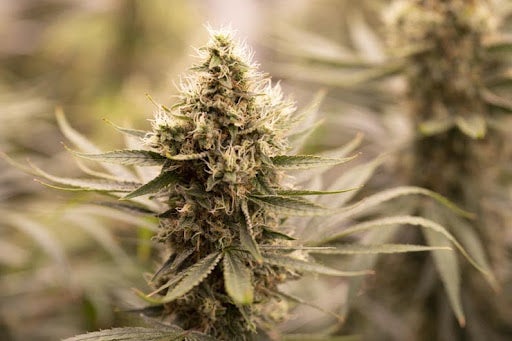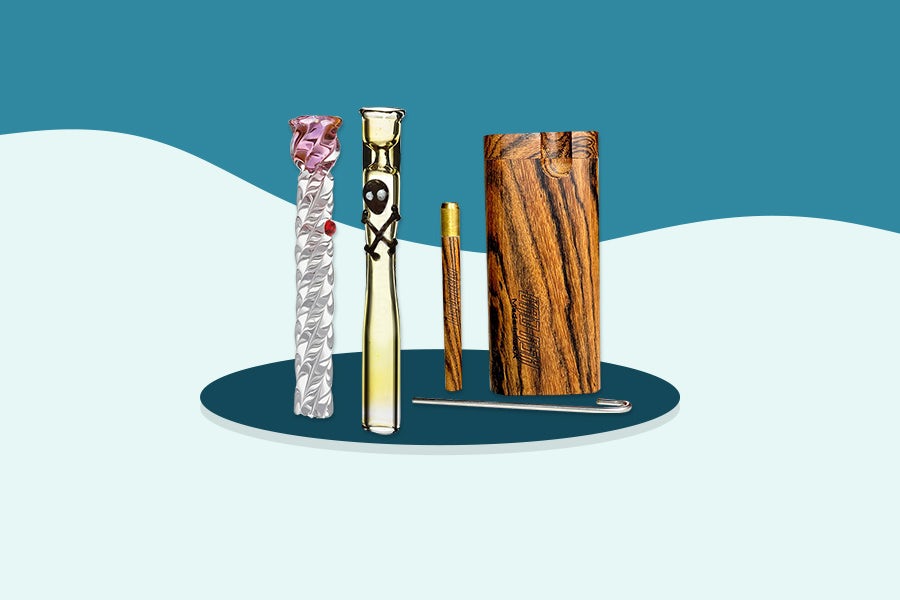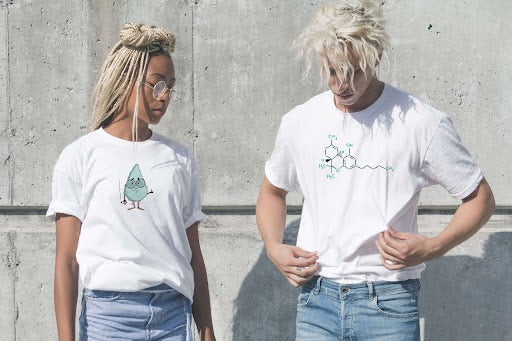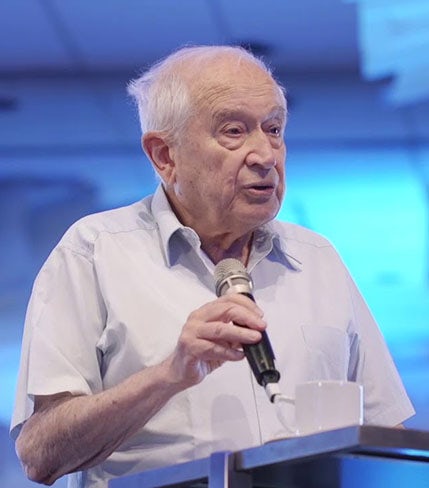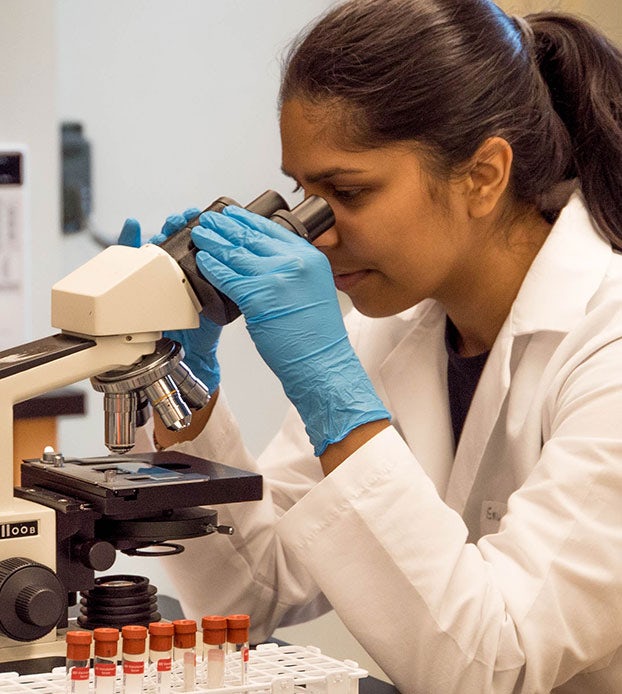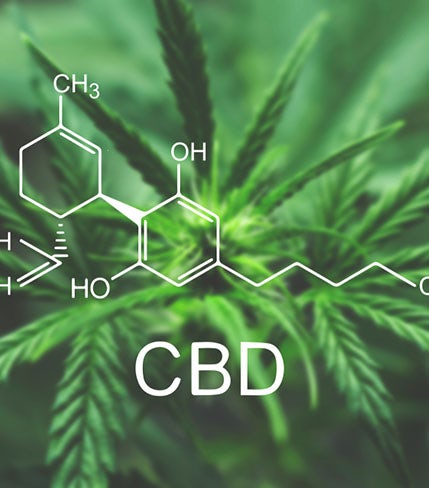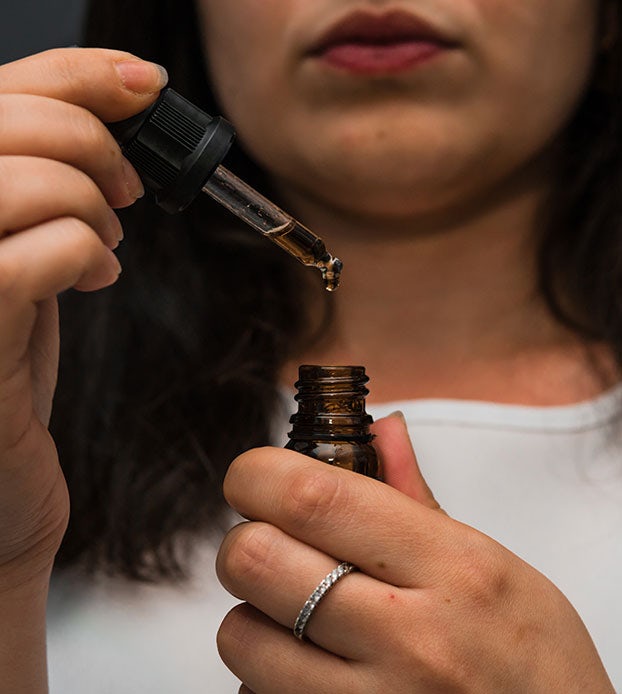Cannabis enthusiasts are no strangers to the wake and bake —the concept of smoking cannabis shortly after waking up. In fact, according to a 2017 global drug survey, a whopping 21.9% of American cannabis users subscribe to the practice by smoking a joint within an hour of waking up — the highest rate of any nation.
They’re followed by Mexico (18.4%), Greece (15.9%), Canada (14.9%), and Brazil (14.3%). Clearly, wake and bake is a familiar part of cannabis culture across the world and there are reasons why it’s so popular.
Where does the term ‘wake and bake’ come from?
Simply put, wake and bake means smoking or consuming some form of cannabis shortly after starting the day. The “wake” part is easy, whereas “baked” is a slang term for feeling high.
Although nobody truly knows where the practice originated, it was allegedly made popular in the 1960s by fans of the American hippie band The Grateful Dead.
The effects of consuming cannabis right after waking up
Consuming cannabis first thing in the morning is believed to feel more intense than smoking in the evening.
Although there isn’t much research in this area, one plausible theory is that marijuana is more potent when the body hasn’t had to process any nutrients for many hours. It may also have something to do with the fact that you’re still groggy from sleep.
But a more intriguing explanation has to do with the body’s endocannabinoid system (ECS), which mediates most of the effects of cannabis. This system consists of endocannabinoids made by our bodies, cannabinoid receptors, and special enzymes.
The ECS is both affected by and may also regulate our body’s circadian rhythm — the 24-hour internal clock that controls when we wake up, feel hungry, and fall asleep. 1
Research has shown that the amounts of all three components of the ECS — endocannabinoids, receptors, and enzymes — fluctuate throughout the day. One study of healthy adults found that the levels of anandamide, one of the two major endocannabinoids, are three times higher after waking up compared to immediately before sleep. 2
A similar 2015 study of 2-AG, the second major endocannabinoid, reported the lowest concentrations during midsleep, followed by a rapid rise in the morning and a peak in the early to midafternoon. 3
It’s possible that this daily fluctuation of the ECS is responsible for the stronger effects of a wake and bake, but more research is needed to best understand how to apply this information.
How to wake and bake the right way
The wake and bake lifestyle is relatively straightforward: you smoke shortly after waking up and continue with your morning routine. But the wrong dose or wrong chemovar could end up impeding your morning rather than enhancing it. Here are some tips to make your baked mornings better:
- For starters, you’ll want to opt for energizing strains to get a good start to your day and avoid falling back asleep.
- Don’t forget that you’re not limited to smoking. While the classic wake and bake is done with a bong, bowl, or joint, nothing is stopping you from using an edible, tincture, capsule, or any other cannabis-infused product instead. This can provide you with longer lasting effects and help to reduce the ups and downs associated with smoking/inhalation.
- You should also decide if you want to just relax or be productive. If you wake and bake before work, for example, you may want to keep your dosage of THC low.
- You’ll also want to consider choosing type II (balanced CBD: THC) or type III (CBD-dominant) cannabis. If regular, high-THC (type I) cannabis impacts your productivity, these cannabis chemotypes may be the better option as they’ll give you a milder high with a clearer head.
- You can also enhance your wake and bake with other activities that blend nicely with cannabis. You could put on your favorite music, stretch, do yoga or light exercise, or even go outside to get some fresh air.
- Some people also swear by combining a wake and bake with coffee — what’s popularly known as the “hippie” or “Seattle speedball.” However, the research on mixing the two is inconclusive. A 2012 rat study found that the combination of caffeine and THC impaired memory more than THC alone and a 2018 study reported that heavy coffee consumption (4-8 cups daily for two months) reduced the levels of endocannabinoid system metabolites. 4 5 6
Pros and cons of wake and bake
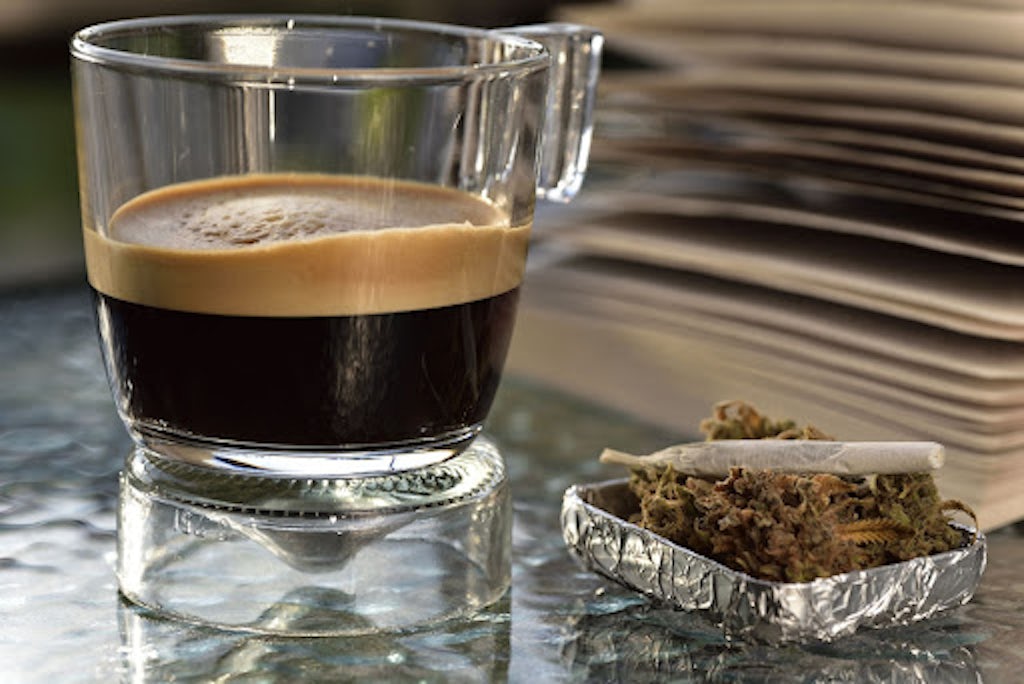
Potential wake and bake benefits include:
- Lifting your mood to start the day off right
- Easier to get out of bed
- Breakfast tastes better
- Stronger high than smoking later
Meanwhile, the potential cons are:
- Getting tired or sleepy early in the day
- Lower productivity and getting distracted
- Easier to build a daily habit and tolerance
- Makes smoking later in the day less enjoyable
One 2016 study even explored the negative effects of waking and baking. 7
Going off the idea that morning cannabis consumption may indicate dependence and abuse-related problems, the researchers surveyed daily users, 257 of whom only smoked in the morning and 76 who only smoked later in the day.
After noting the frequency, quantity, and timing of cannabis use, the study participants completed a questionnaire aimed at measuring cannabis-associated problems.
This questionnaire included 14 social, work, psychological, and medical issues caused by cannabis use, such as lower productivity and withdrawal. 8
Using statistical analysis, the researchers found that morning users had more associated problems than non-morning users, including higher daily consumption, increased risk for withdrawal, and an increased number of personal problems. These problems were evident, even after accounting for age, gender, and consumption quantity.
They concluded that daily cannabis users would benefit from avoiding morning use. Although this study is not without its limitations, the findings certainly put a damper on waking and baking.
What are the best strains to use for wake and bake?
It’s best to choose energizing, uplifting, and motivating strains for a wake and bake. These are usually considered sativas, although it makes more sense to classify cannabis by its chemical composition.
Wake and bake classics include energetic, high-THC strains such as:
- Jack Herer
- Green Crack
- Dutch Treat
- White Widow
- Sour Diesel
- Durban Poison
Meanwhile, if you’d like something more mellow, you can try the balanced CBD: THC staple Harlequin or CBD-rich Lifter and Sour Space Candy.
Coffee lovers and those who like the rich flavors of chocolate can also try the aptly named Chocolate Thai and Chocolope. However, strains can be misleading and more emphasis should be placed on their chemical profile instead.
To wake and bake, or not to wake and bake?
In the end, the decision to wake and bake is an individual one. Some of the biggest factors to consider before partaking in a morning smoke include your day’s plan, your goal of consuming, and what cannabis you have available to you.
Consuming first thing in the morning can be useful, but it can lead to problems associated with cannabis misuse. It also starts tolerance building early in the morning, and if use continues throughout the day, you may experience little to no euphoria from THC by the end of the day.
On the flip side, for those who function well when high, have significant medical needs in the morning, or those who just want to take the day off, the wake and bake can be a great escape from a mundane Monday morning.
Sources
- Babson, K. A., Sottile, J., & Morabito, D. (2017). Cannabis, Cannabinoids, and Sleep: a Review of the Literature. Current psychiatry reports, 19(4), 23. https://doi.org/10.1007/s11920-017-0775-9
- Vaughn, L. K., Denning, G., Stuhr, K. L., de Wit, H., Hill, M. N., & Hillard, C. J. (2010). Endocannabinoid signalling: has it got rhythm?. British journal of pharmacology, 160(3), 530–543. https://doi.org/10.1111/j.1476-5381.2010.00790.x
- Hanlon, E. C., Tasali, E., Leproult, R., Stuhr, K. L., Doncheck, E., de Wit, H., Hillard, C. J., & Van Cauter, E. (2015). Circadian rhythm of circulating levels of the endocannabinoid 2-arachidonoylglycerol. The Journal of clinical endocrinology and metabolism, 100(1), 220–226. https://doi.org/10.1210/jc.2014-3455
- McPartland, J. M., Guy, G. W., & Di Marzo, V. (2014). Care and feeding of the endocannabinoid system: a systematic review of potential clinical interventions that upregulate the endocannabinoid system. PloS one, 9(3), e89566. https://doi.org/10.1371/journal.pone.0089566
- Panlilio, L. V., Ferré, S., Yasar, S., Thorndike, E. B., Schindler, C. W., & Goldberg, S. R. (2012). Combined effects of THC and caffeine on working memory in rats. British journal of pharmacology, 165(8), 2529–2538. https://doi.org/10.1111/j.1476-5381.2011.01554.x
- Cornelis, M. C., Erlund, I., Michelotti, G. A., Herder, C., Westerhuis, J. A., & Tuomilehto, J. (2018). Metabolomic response to coffee consumption: application to a three-stage clinical trial. Journal of internal medicine, 283(6), 544–557. https://doi.org/10.1111/joim.12737
- Mitch Earleywine, Rachel Luba, Melissa N. Slavin, Stacey Farmer & Mallory Loflin (2016) Don’t wake and bake: morning use predicts cannabis problems, Addiction Research & Theory, 24:5, 426-430, DOI: 10.1080/16066359.2016.1177027
- Brianna R. Altman, Maha N. Mian, Luna F. Ueno & Mitch Earleywine (2021) Examining and validating the factor structure of the cannabis-associated problems questionnaire, Journal of Substance Use, 26:3, 292-298, DOI: 10.1080/14659891.2020.1821807
Sign up for bi-weekly updates, packed full of cannabis education, recipes, and tips. Your inbox will love it.

 Shop
Shop Support
Support
